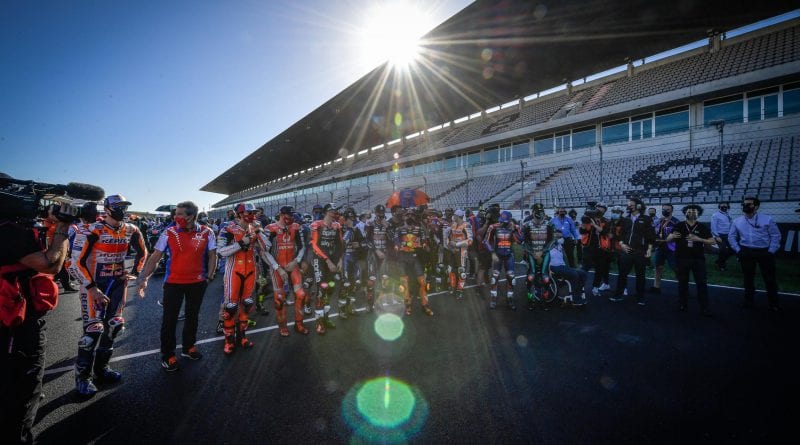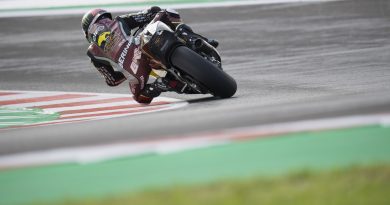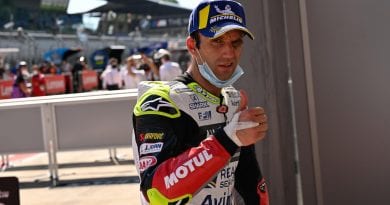MotoGP: Why 2020 should be the blueprint for the future (but it won’t be)
To some people, 2020 was a season of compromise. However, the compromises made have actually shown lessons that can be used to better the sport going forward.
First, rewind to March 2020. The global coronavirus pandemic is starting to affect the world, and there are whispers of sport being affected by it. This ends up coming true, and the Qatari season opener loses the ‘main event’ in the MotoGP class, with Moto3 & Moto2 only going ahead as the riders and teams were already in Qatar after testing there previous to the big kick-off. The MotoGP bikes were also still at the circuit in containers, but unfortunately, the riders were not as they had all flown home. So we got a very different season opener, one that was no less exciting but it also had something missing, with Moto2 ending the night. You had an uneasy feeling that Qatar may be the only race we saw of 2020 at the time.
As races fell by the wayside and got cancelled one after the other, it was looking bleak. In a matter of around 11 days, we lost the Thai, USA and Argentine GPs as the world started to lock itself down. Having a season was looking extremely unlikely at this point, and Dorna were fearful of this. After months of uncertainty from all corners, we had news filter though that they wanted to start at the Red Bull Ring at the start of July, before settling on Jerez as the opener on July 19th. This made sense due to Jerez being a fantastic testing circuit, and riders would definitely need the seat time to test pre-race, having not even been able to ride at all due to restrictions. Although spectators would be prohibited and the paddock was made as small as could be possible (including no wildcard riders), the feelings were good that actually, we could have a season here after all.
By the time the season had concluded on the 22nd of November in the Algarve, We had three new champions crowned who had earned their status as champions, beating out everyone in a topsy-turvy season to claim their crowns. The lower class riders had raced 15 rounds, the MotoGP class 14, including a brutal schedule to end the season that included 9 races in 11 weeks, spread exclusively across Europe. This is where the first future blueprint should come in. Although the schedule is absolutely brutal, it provided uncertainty and spectacle the likes of which had not been seen before.
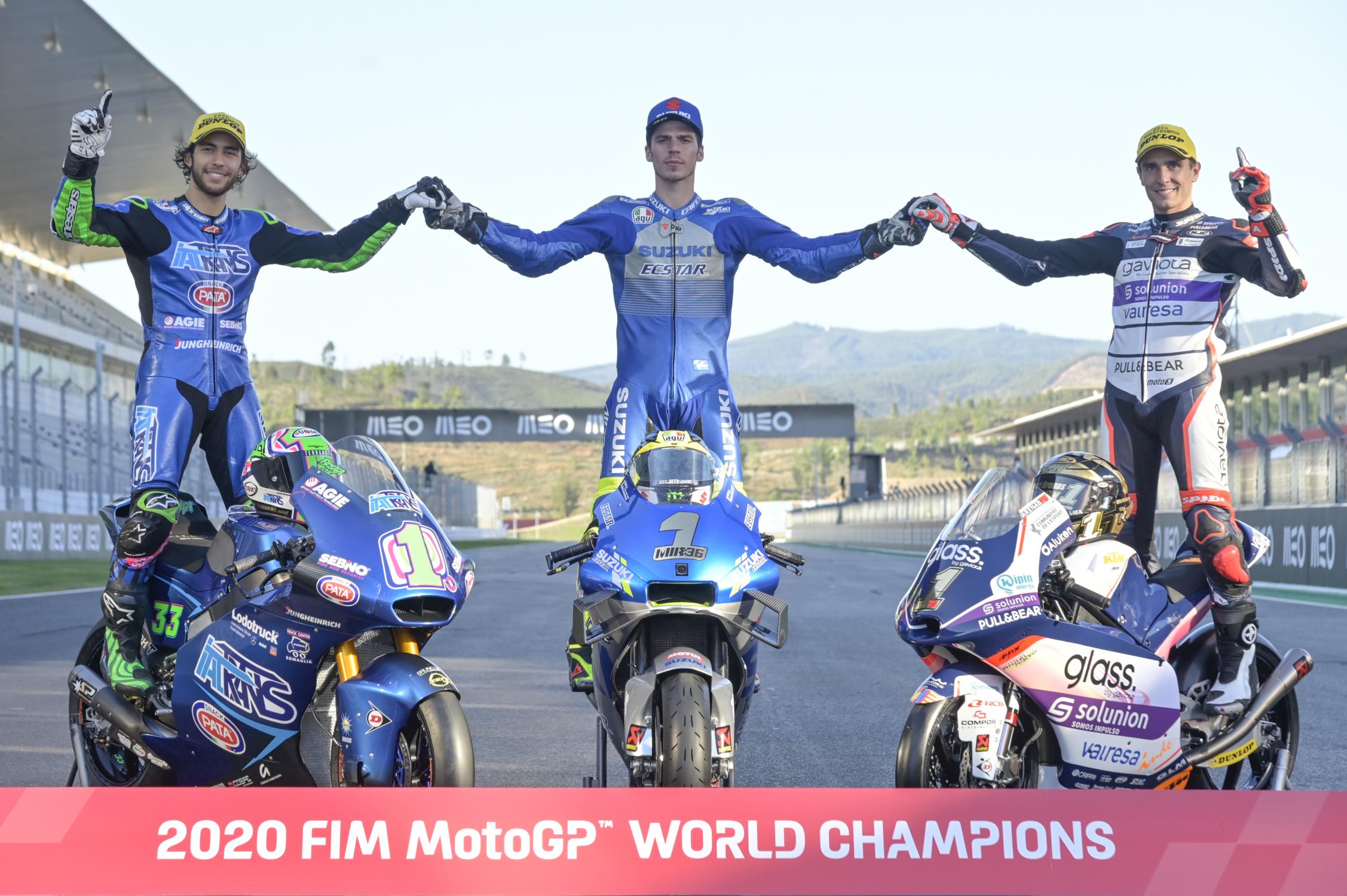
Your 2020 champions
You could win one weekend, then be 10th the next. Double-headers are not something that should be celebrated with fervour, but in this year of necessity, they were a godsend, with Jerez, Austria, Misano, Aragon and Valencia making up 10 of the rounds. Going forward (pandemic allowing) the doubleheaders will not be needed, but the packed schedule certainly played its part in making 2020 one of the best seasons in recent memory. The riders absolutely would not agree, but for the fans having races nearly every weekend was incredible and is the reason two of the three championships went to the final round, no doubt.
The next blueprint to follow should be track selection. I am not for one minute suggesting any circuits should be dropped, as all of them are capable of providing fantastic racing. What I AM saying, however, is circuits were chosen with deliberate times in mind this year, and this is something that should be done going forward. Why start in Qatar (besides the HUGE amount they pay to be the season opener) to go back to Europe for the bulk, then fly back out of Europe to go to Asia, to then return to Europe for one more race? Money is extremely important and makes the world go round, but one suspects the amount Qatar pay to open the championship would not truly be felt by an organisation of Dorna’s size.
Why can we not start in Qatar, then work our way over to the Asian rounds before looping around to the North & South American rounds? This would ensure fans get their worldwide championship, while also helping logistically with transport and aiding the more packed schedule proposed above. After these rounds had been completed, we could then move to Europe after a 2/3 week break and finish the season in one fell swoop. This way, Qatar gets their opener, and Valencia gets its traditional season closer.
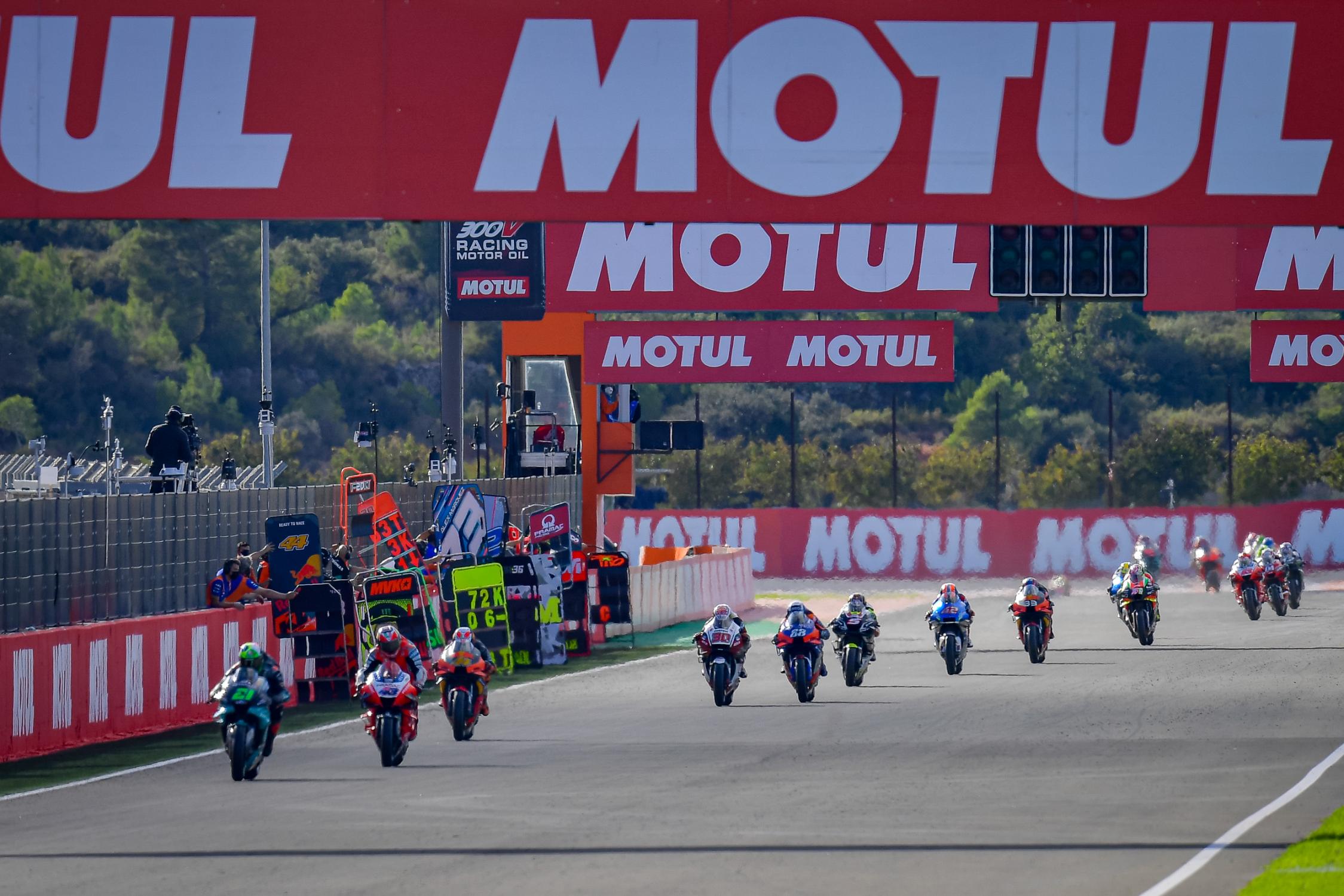
Valencia has traditionally held the closing round of the season
And the third and final blueprint is one that actually bit Yamaha, this is their engines. Yamaha had to sacrifice one engine of their allocated five (down from seven due to the shortened season) due to a valve issue, and they made it work on the whole making 4 engines last (Vinales had to take an extra engine, yes, but that wouldn’t have been the case with five). Why does MotoGP need to give extra engines to teams that they claim to need when clearly the teams can make it work without? The extra security is nice, but this year has proven that with the current rule set, no teams would actually suffer from fewer engines as long as they have five identical ones. Even the teams who started the season with concessions (KTM and Aprilia) would not have been impacted by fewer engines, as the bikes were bulletproof.
The crux of all this though is that 2020 was a special season and will probably remain just that, special. Everything suggested could be tweaked yes, but there is no dire NEED to actually do any of it, as Dorna have created a rule set that is extremely fair, and provides close racing. You can always improve, but you risk spoiling what is acknowledged as the closest racing series on earth at the moment. Will we see any of the lessons of 2020 carried over? Probably. Will they be as big as the ones listed? Probably not. So, we can just sit back and appreciate the 2020 season for what it is, a miracle that happened against the odds, and gave us some beautiful moments in a dark time.
Featured image – www.motogp.com

